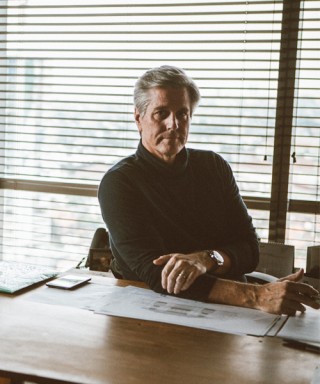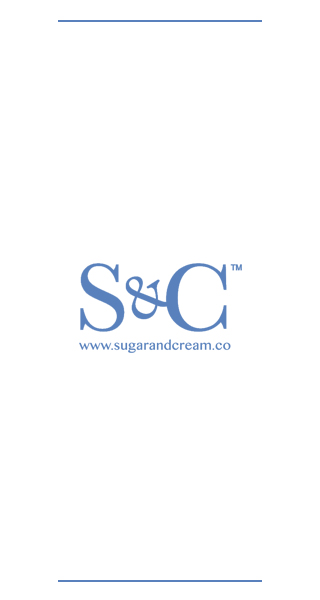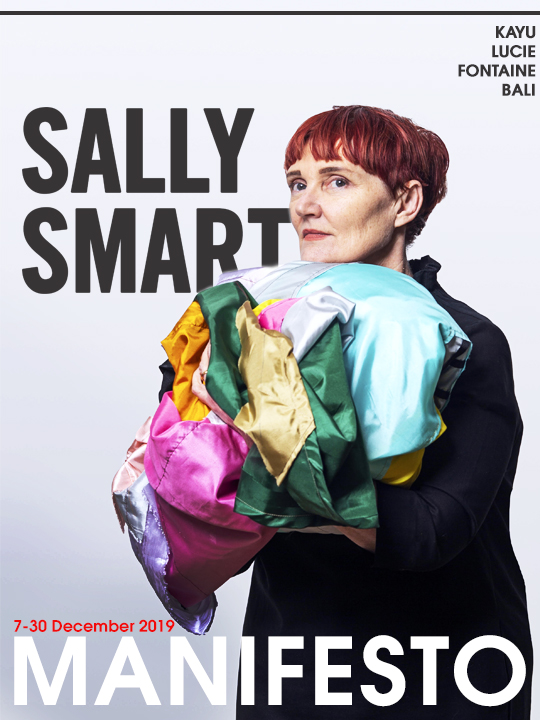
Solo Exhibition of Sally Smart: MANIFESTO
Published by Sugar & Cream, Friday 06 December 2019
Text and image courtesy of Kayu Lucie Fontaine Bali
Held in Kayu Lucie Fontaine Indonesia on December 7th – 30th 2019
Kayu – Lucie Fontaine’s branch in Bali, Indonesia – is pleased to present its tenth project, “Manifesto”, a solo exhibition by Australian artist Sally Smart.
Smart is one of Australia’s leading contemporary artists recognized internationally for large-scale cut-out assemblage installations and increasingly, performance and video. Her practice engages identity politics and the relationships between the body, thought and culture including trans-national ideas that have shaped cultural history.
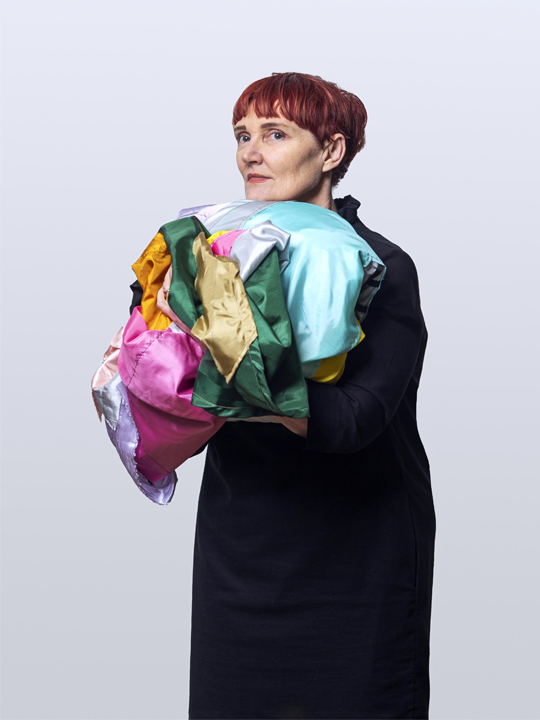
Sally Smart portrait 2019
The exhibition at Kayu includes new works, two installations and one performance, which focus on the relation between body and space. The installations are displayed in Kayu’s space as well as outside in the amphitheater while the performance is presented in three different locations of Setiadarma – The House of Mask and Puppet compound: the Joglo, the amphitheater and Batu Art Space.
The exhibition is accompanied by an essay by Professor Rachel Fensham, a dance and theatre scholar, and Assistant Dean of the Digital Studio, Faculty of Arts at the University of Melbourne.
“Manifesto” will be on view from December 7 to December 30, 2019. For further information you can contact Lucie Fontaine’s employee in Bali through the email kayu@luciefontaine.com or website www.kayu-luciefontaine.com
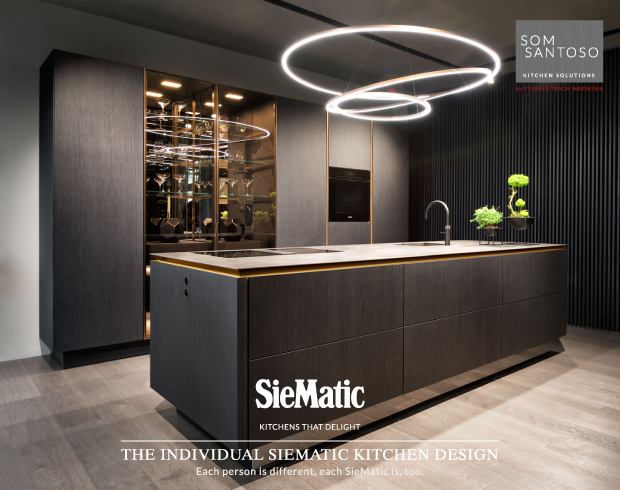
Presented by Som Santoso
MANIFEST/O
By Rachel Fensham, University of Melbourne
Hold something – it could be paper, or fabric, and it may be steel (or bamboo) – in two hands. Turn it around. Cut it into two, or maybe, three pieces. One thing has become more than one.
We live in a world of images, they fill our screens, and we’ve seen too much horror and destruction, and the exertion of male power over bodies. The time when the singularity of the image, or the auratic conception of art, held value has disappeared. Artists have used ready-mades, cut-out newsprint, found frottage patterns in wood, weavings, carvings, and body-parts; they have made works that live and disappear from grass, ice, flesh, water and wind.
Things materialize and dematerialize, and the artist too shifts in relation to the temporality of the object: “a multitude of soap bubbles which explode from time to time” speaks of the ephemerality of exhibition, and the finiteness of experience (Pino Pascali, 1967-68).
Today, we rifle through the books from the history of the twentieth century artistic avant-garde; there are many names, more men than women; collect them, the women that is. Tear out the pages and shuffle them into another order, not the order of a given hierarchy of signs or codes, but one that connects a forgotten image to a new ally. This time perhaps it is a visual artist, another time it might be a choreographer, making “radical changes in a mundane way” (Trisha Brown, 1978). Make a movement between one thought and another with the ladder, the lighting, the gesture, and the objects on the wall, in the studio, the gallery, and the house.
Manipulate these pages, and personages, over and over like setting a table for dinner, making the guests sit with one another in conversation. Everything exists on the same level, a plane of immanence, as an event in time. Travel to see and to show in the big cities – then take up the work again, talk, listen, and absorb quietly. In West and East, observe their gardens, their tiled floors, their arched doors, their textiles, their utensils and ornaments, and the pleasure of color, of form and of light. Learn from those artists who live in this other place, which is their home. Work with them in their studios, workshops and galleries. A voice may echo in your ear, it is “impossible to create the same art work in different environments” (Entang Wiharso, 2014).
There must be an exchange, passive or assertive, immediate or maybe just a trace. It accumulates in the body. Absorb what others have to say, leave things behind, and over time the politics of the transaction may change the scope of your reality.
Make a plan, and construct a scheme or project, a way of placing this art into the world. The materials will become manifest in the construction, which is the process of moving from the vocabulary of signs towards the three-dimensional, to find a work that must be inhabited. The fragile frame reveals and hides what we expect to see, and the shapes – whether in the form of trees or birds, or hands and feet – float on the wall, or hang in the air. The actual presence of objects changes our artistic priorities from fixed interpretations of history, of power dynamics, of story and myth, to a performance in which puppets become dancers that rotate, words chime with music, and silhouettes hold the blurred outlines of memory.
On this platform that stands somewhere between the past time and the present, the artist Sally Smart assembles all these things, to put them in place, as manifest. If there is a before – the ideology of those subjects found in books, in histories and in places – it has been remade as present, in this act of holding the materials of this old place and this new time, for this moment of viewing.
It is your turn now, you hold it, you cut, and you make.
 2.30K
18/07/2025
2.30K
18/07/2025
SCULPTED BY NATURE: ALEXANDER LAMONT’S XXV COLLECTION
Alexander Lamont’s XXV Collection is a masterful tribute to nature and craftsmanship, where sculptural forms and exquiste materials converge in...
read more 527
18/07/2025
527
18/07/2025
CRÜ CORNER BISTRO AT KEMANG JAKARTA
A restaurant that embodies the idea of a bistro with a European flair, CRÜ Corner Bistro is a new culinary destination for foodies and provides a cozy...
read more 42.74K
11/07/2025
42.74K
11/07/2025
PELUNCURAN PERDANA LEGANO HOME MENGGANDENG AGAM RIADI DI ST REGIS RESIDENCE JAKARTA
Peluncuran perdana LEGANO HOME menggandeng Agam Riadi di St. Regis Residence Jakarta: menyatukan kemewahan dan jiwa dalam sebuah ruang.
read more 16.04K
04/07/2025
16.04K
04/07/2025
URBANJOBS UNVEILS INTERIORS FOR THE SCALLA RESTAURANT
SCALLA, a posh restaurant with a Mediterranean flair located in Istanbul's famed Beykoz neighborhood, has its interiors unveiled by URBANJOBS.
read more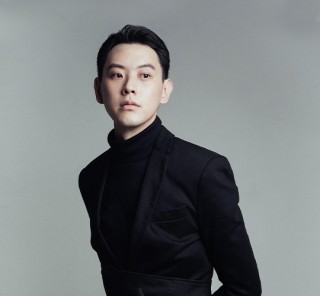 75.36K
10/01/2025
75.36K
10/01/2025
W RESIDENCE IN SOUTH JAKARTA BY MICHAEL CHANDRA
Michael Chandra, founder of MNCO Studio Design has created the W Residence with an aesthetically pleasing, practical, and pleasant home from all...
read more 42.74K
11/07/2025
42.74K
11/07/2025
PELUNCURAN PERDANA LEGANO HOME MENGGANDENG AGAM RIADI DI ST REGIS RESIDENCE JAKARTA
Peluncuran perdana LEGANO HOME menggandeng Agam Riadi di St. Regis Residence Jakarta: menyatukan kemewahan dan jiwa dalam sebuah ruang.
read more




